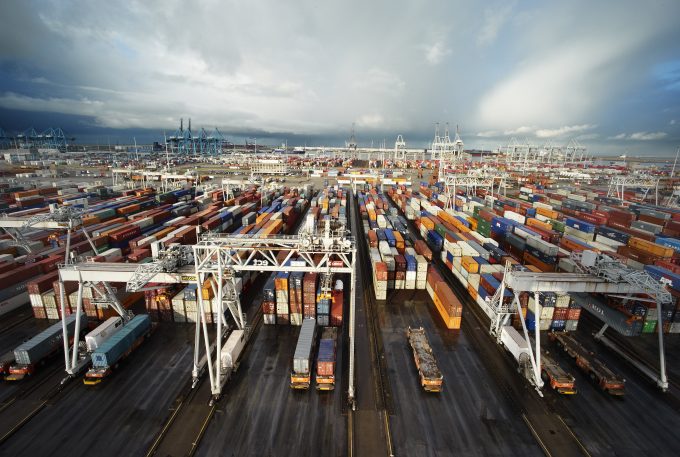MSC switches two more Asia-Europe port calls from congested Antwerp
MSC has decided to switch two more calls out of Antwerp on its Asia-North Europe ...

More evidence emerged today that higher volumes and improved contract rates in the second quarter of the year have boosted the earnings of ocean carriers.
In a financial update today Yang Ming said that its revenue in June was up 22.9% compared to the same month ...

Comment on this article